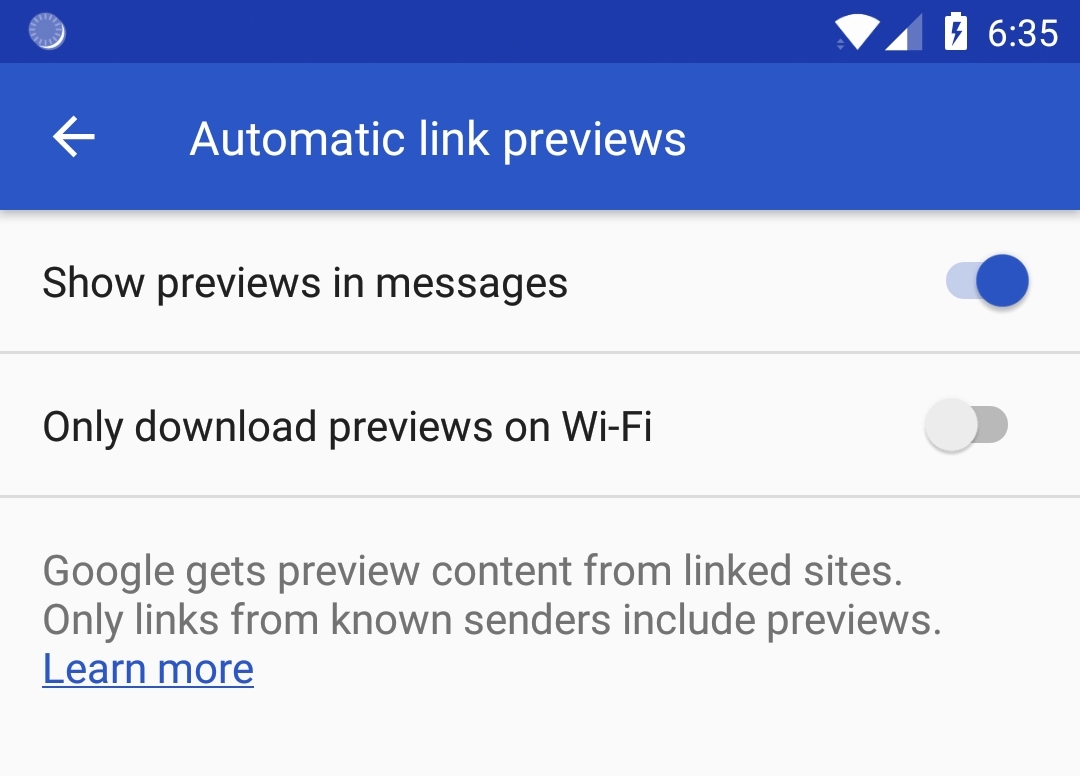

Some standardization between Google and Apple would not hurt here.Īs pointed out in the comments, Google’s choices for “iPhone reactions” do map to RCS reactions, but it’s far from 1:1 with six versus seven choices. These instructions do not refer to carrier or third. Note: The following instructions and features are for the Samsung Messages app, which is available on Samsung devices running software version Android 9.0 Pie and up. The faces come off as more playful and exaggerated rather than the straightforward nature of Tapbacks. Theres so much you can do with your messages, like mute conversations or assign special message tones for certain contacts. Google’s decision to use face emojis rather than symbols might send a different meaning. Similarly, “Haha” is “Face with Tears of Joy.” The “exclamation marks” become “Face with Open Mouth” and the question mark is “Thinking Face.” Thumbs up/down remains faithful to their iMessage counterparts.

The iMessage “Heart” becomes the “Smiling Face with Heart-Eyes” emoji. That said, Google made some interesting choices in the translation process. Instead of them appearing as an annoying text version (e.g., Loved “Testing”), the response on your device will appear in the bottom-right corner of the message bubble you sent, similar to the iOS-to-iOS experience.

Once rolled out to your Android phone, Google Messages will convert iMessage reactions (officially referred to as “ Tapbacks“) sent by iPhone users in response to SMS/MMS. Optional: To pair with Messages for web automatically next time.
#Android messages help for android
As we spotted in November and following the latest push for RCS support on iPhone earlier this month, Google Messages is starting to roll out iMessage reactions in beta for Android users. Youve successfully downloaded Verizon Messages and added your Palm (connected device) or Android tablet to your account. On your computer, open Messages for web in a browser, like Chrome or Safari.


 0 kommentar(er)
0 kommentar(er)
